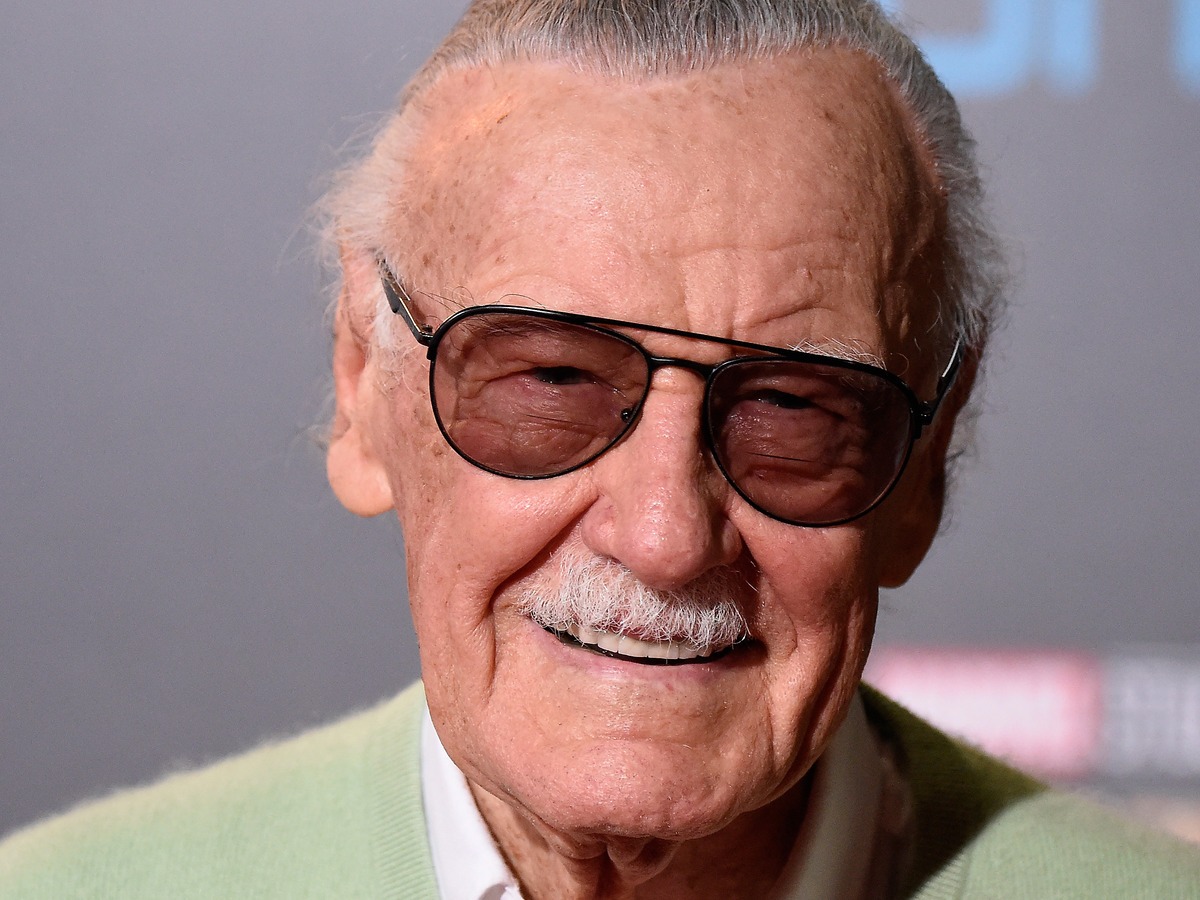Stan Lee, an iconic figure known for his work on Marvel Comics superheroes and his frequent cameos in Marvel’s cinematic universe, passed away in 2018, leaving behind a lasting legacy. Beloved by fans around the world, Lee’s contributions to the world of comics and his charismatic presence made him an unparalleled icon. This Disney+ documentary, directed by David Gelb (renowned for his excellent work on “Jiro Dreams Of Sushi”), emerges six months after the centenary of Lee’s birth and offers a refreshingly balanced perspective on his life and career.
Narrated primarily by Lee himself, the film traverses his extraordinary journey. Born into relative poverty, Lee rose to fame and fortune through unexpected circumstances. As a teenage office boy, he found himself thrust into the role of a writer and eventually an editor for the comics company that would later become Marvel. The documentary covers his experiences during the war, the frustrating decades of creating content to meet popular demand, and the transformative moment when Lee took a leap of faith, pushing for something genuinely different. This courageous decision paved the way for the creation of some of Marvel’s greatest heroes.

However, Lee’s authorship during the crucial Silver Age remains a subject of dispute due to the unique “Marvel method.” This approach involved Lee providing artists with broad story outlines, allowing them to develop the plot and artwork before adding dialogue. The challenge of properly crediting collaborators like Jack Kirby, Steve Ditko, and Bill Everett becomes evident, casting a shadow on Lee’s legacy.
The documentary acknowledges this criticism by featuring quotes from Lee that credit his artists and co-workers. Yet, it feels more like an act of kindness towards Lee rather than a full recompense for their invaluable contributions. The film also explores Lee’s occasional criticism of artists, describing them as temperamental. Nevertheless, both Gelb and Lee himself recognize and appreciate the perspectives of artists like Ditko and Kirby, adding a layer of complexity to the narrative.
Despite the controversies, Lee’s legacy is undeniably significant. He played a crucial role in creating legendary characters and shaping an environment that allowed them to flourish. With his stewardship of Marvel and unwavering support for comics, Lee became an influential ambassador for the art form. Moreover, his visionary outlook extended beyond the pages, as he foresaw the potential success of superheroes on the silver screen. Although Lee’s personal endeavours in the film industry were initially frustrating, the documentary skips over this period and reunites with him as the Marvel Cinematic Universe takes off, showcasing delightful footage of his iconic cameo shoots.

While Lee predominantly narrates the documentary, the film offers glimpses of other perspectives. Loved ones such as his wife, Joan, and notable figures like Jack Kirby and Flo Steinberg share their insights, adding depth to the narrative. In a surprising departure from the expected comic panel format, the film recreates Lee’s world through 3D miniature tableaux.
Although this approach may not always achieve visual perfection, it manages to evade clichés and provides a unique perspective. Perhaps it serves as a subtle reference to Orson Welles’ assertion that movies are the grandest electric train sets any boy could possess, symbolizing how Lee’s imagination transformed the Marvel bullpen into his playground, extending its influence across Tinseltown. It might have been too much to expect the filmmakers to resist Lee’s irresistible charm entirely, but they admirably strive to present a comprehensive portrayal of his complex legacy.

